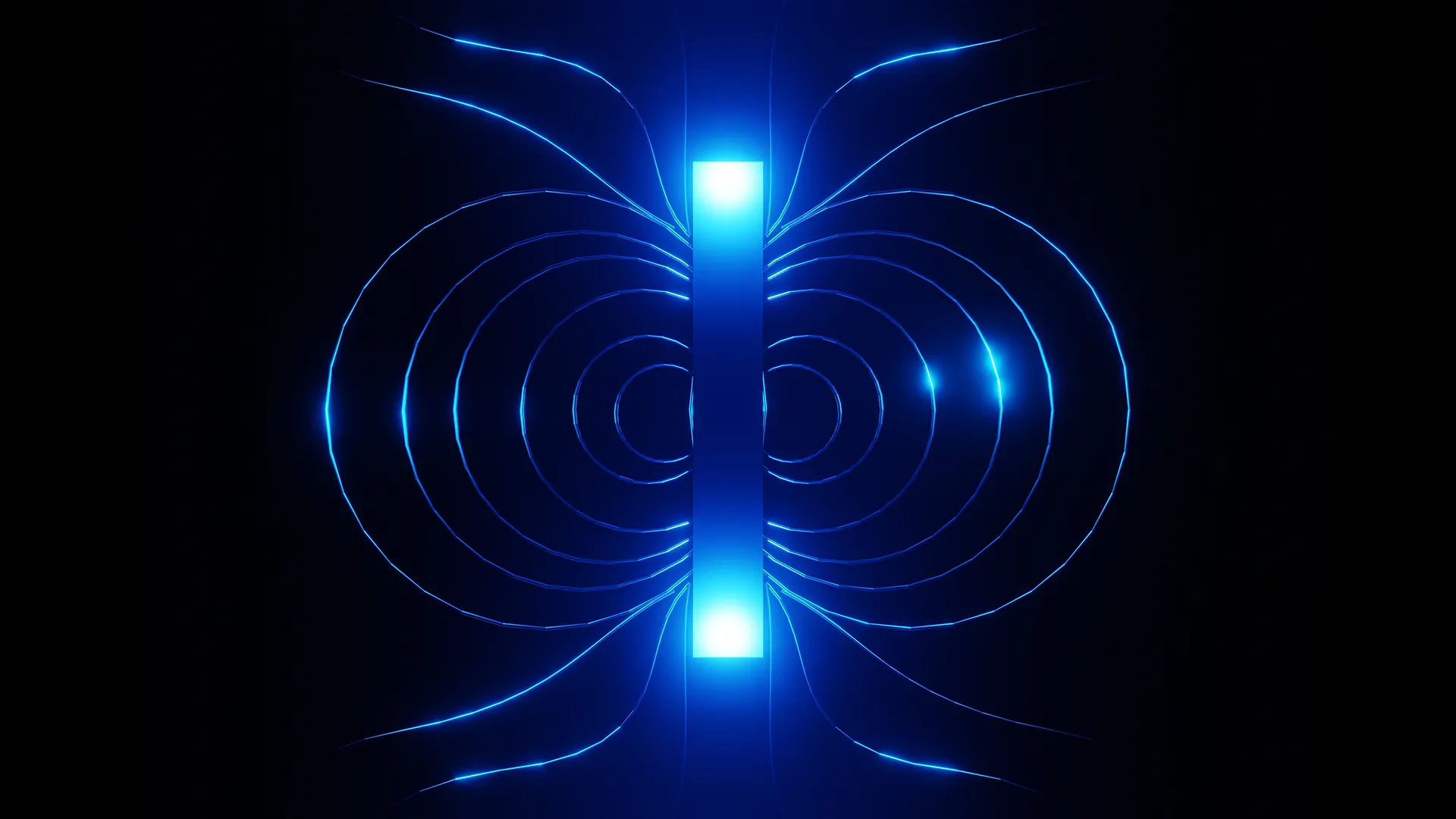Now Reading: Revolutionary Magnet Design Promises Advances in MRI and Levitation Technologies
-
01
Revolutionary Magnet Design Promises Advances in MRI and Levitation Technologies
Revolutionary Magnet Design Promises Advances in MRI and Levitation Technologies

Quick Summary
- Physicists Prof. Dr. Ingo Rehberg (University of Bayreuth) and Dr.Peter Blümler (Johannes Gutenberg University Mainz) have developed a new method for generating strong, homogeneous magnetic fields using permanent magnets.
- This innovation surpasses the classical Halbach arrangement, which works well only with infinitely long magnets, by achieving better performance in compact configurations.
- The study investigated optimal orientation of magnets for practical setups such as single rings and stacked double rings,proposing a “focused” design to produce uniform fields outside the magnet plane.
- Experimental validation involved constructing arrays with 16 FeNdB cuboid magnets mounted on 3D-printed supports, showing excellent agreement between theory and experiment in terms of field strength and homogeneity.
- potential applications include MRI technology as an affordable alternative to superconducting magnets, particle accelerators, and magnetic levitation systems.
Indian Opinion Analysis
The innovative methods proposed by Rehberg and Blümler mark meaningful progress in applied physics, especially regarding accessibility to technologies requiring homogeneous magnetic fields. For India – where healthcare infrastructure is often strained by limited access to advanced medical equipment like MRI machines – cheaper alternatives leveraging permanent magnet designs could democratize diagnostic imaging across rural and underserved areas. Moreover, expanding research into practical uses of this technology could benefit industries ranging from transportation (magnetic levitation systems) to scientific research (particle accelerators). While global implementation is still forthcoming pending further testing and refinement, the study identifies promising pathways that could foster higher affordability without compromising effectiveness.


























